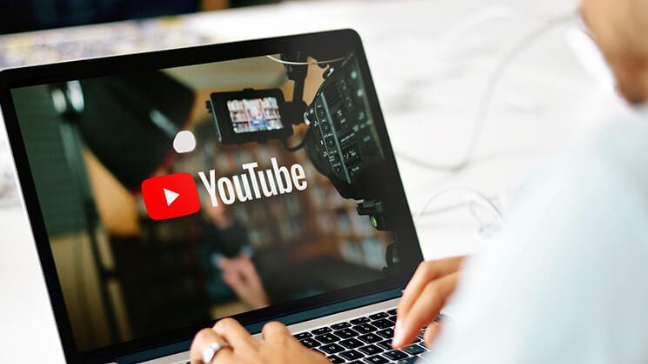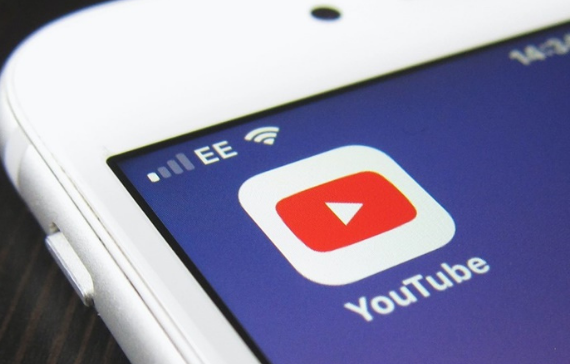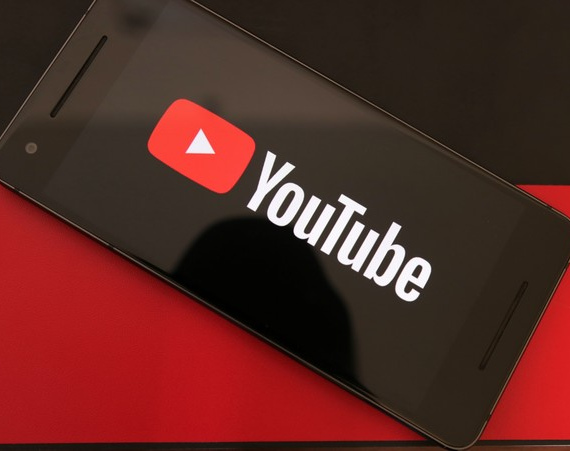YouTube has been an appropriate platform for those videos for different purposes and wishes to promote them and increase YouTube subscribers on it. It could be musicians, cooks business owners film producers, and many more that are widely using the benefits of YouTube in popularizing themselves or their purpose. Many have successfully increased their likes and subscribers, making them popular among their target audience as well on the platform.
There are many YouTubers that opt for YouTube ads and other marketing strategies to popularize their channel or videos. They share their video links on social media platforms and through other means. Though all these activities are important from the marketing point-of-view you need to understand so many facts and information about YouTube.
Recently, Google has explained how YouTube search works. Google has explained how YouTube search works in a new resource committed to the inner workings of the video-sharing platform. As part of a larger effort to explain how YouTube works, Google has issued a new resource to reply back all commonly asked questions about YouTube search results. It has created a whole new website, namely “How YouTube Works”, which gives an in-depth knowledge of all the important components of the YouTube platform.
Here are some highlights of search and discovery from different sections.
YouTube Search: There are over 500 hours of content that is uploaded every minute on YouTube and its search ranking system sorts through them to find the most relevant results for a query. While ranking the search results YouTube Search prioritizes these three main elements:
· Relevance
· Engagement
· Quality
Let’s understand each one of these elements in detail.
Relevance: YouTube’s algorithm for ranking looks at several factors while determining video relevance. Without getting too specific, YouTube draws attention to certain important factors such as the title, tags, description, and video content itself.
Engagement: YouTube’s search algorithm integrates collective engagement signals from users, for example, the watch time of a particular video for a specific query. YouTube algorithm notes that engagement signals and considers it as a valuable way to define relevance as well.
Quality: To determine quality, YouTube uses signals that should be conversant to search marketers. For quality, YouTube systems have been designed to recognize signals that can help govern which channels prove expertise, authoritativeness, and trustworthiness on a given topic. These are also known between search marketers as EAT. It should be familiar because Google puts stress on the significance of these signals for its search results.
There is one more factor that plays an important role in putting up search results in front of the users. This is known as “Personalization”. In addition to the above three main factors, YouTube also tries to define relevancy for each user by considering a user’s search and watch history. It is not unusual for search results to vary from one user to another when the same query is raised.
“For example, if you watch a lot of sports videos and search for “football,” YouTube might recommend videos highlighting the sport football rather than nature videos with Football in them.”
If you want to see the general results for a query, you can clear your YouTube search and watch history at any time. In this case, YouTube’s search results will not take these signals into account and give you general search results.
Raising Authoritative Sources
YouTube always mentions a point that it lists content from authoritative sources when it is appropriate to do so. This can take into account different categories of content like news, politics, and medical or scientific information. In these areas, reliability is key. In other areas, for example, music or entertainment, YouTube is expected to look at signals like relevance, freshness, or popularity.
YouTube Recommendations
Recommendations are essential when it comes to gaining something. It is also applicable to YouTube. A recommendation is another way for content creators to get discovered on YouTube. YouTube shares recommendations on its homepage and in the “Up Next” section as a recommendation of what the viewer should watch next. Many signals are considered when defining which videos should be recommended, such as:
· Watch & search history
· Channels subscribed
· Location
· Time of day
· How many people watched a video until the end
· Direct feedback from users through random surveys
Users can improve their recommendations by pressing the “not interested” button. This action will inform YouTube that you don’t want to see similar videos as your recommended videos in the future.
If you have a channel on YouTube or you are planning to create one, you must have read the above information on the YouTube Search criteria and how a list of search results images are put forward to the viewer. You must have gained knowledge regarding the important elements and signals that contribute towards the success of any video. Hope you have also gained information about the ingredients that should be there in your video and can make it appear great from the YouTube search algorithm point of view.
Rest, all depends on the ways you promote. Promoting YouTube videos for subscribers and followers need professional help so that you can have what you are dreaming of.



